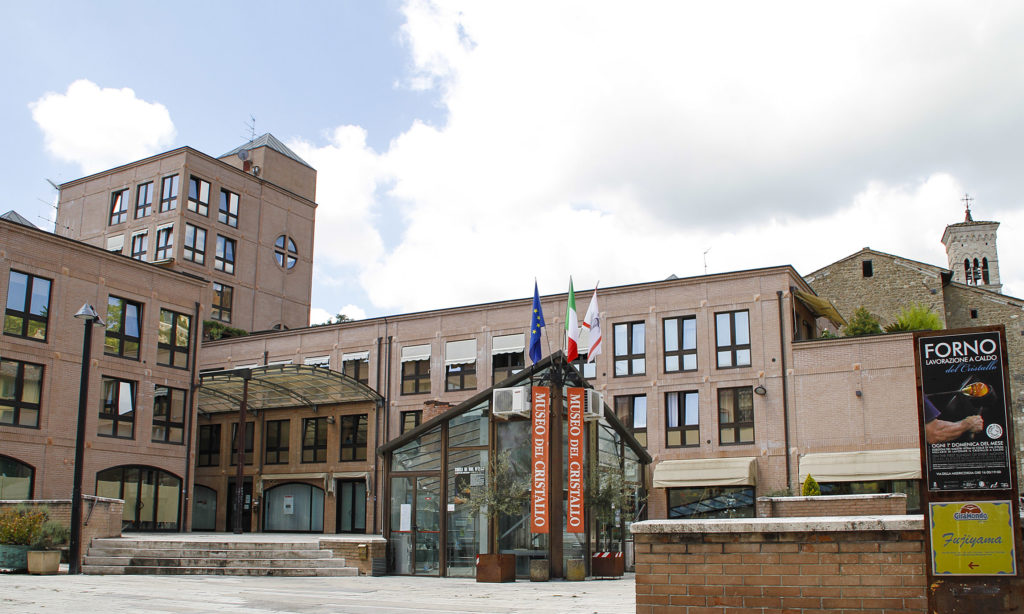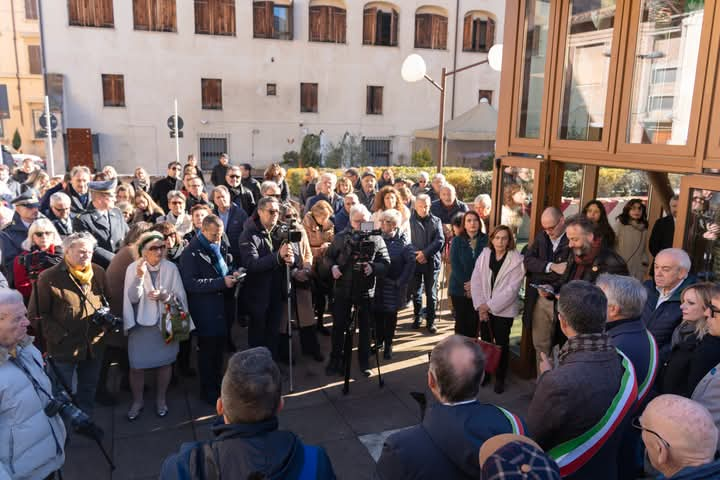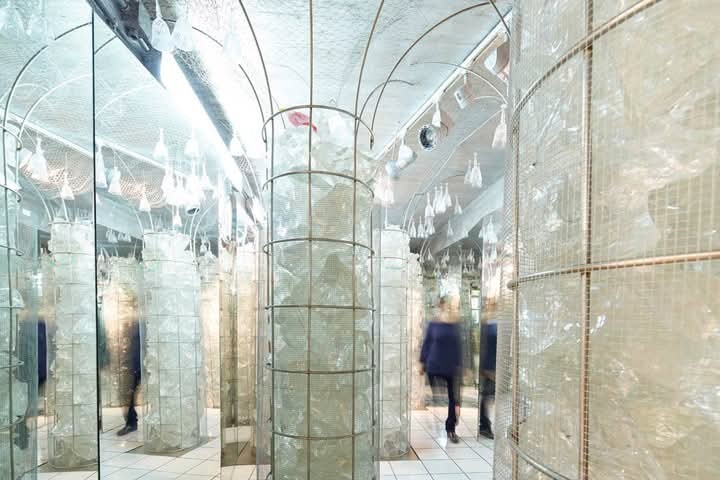In Colle di Val d’Elsa, Young Guardians of the Crystal Museum
In December 2023, a one-of-a-kind place in Italy, the Crystal Museum, was reopened and returned to the city (opens in new window). It is located in Colle Val d’Elsa (Siena), a town in the very heart of Tuscany, known as the “City of Crystal” for a reason. During the years of temporary closure, the fascinating history preserved within the museum was safeguarded and brought back to light thanks in part to a group of students from the S. Giovanni Bosco High School in Colle Val d’Elsa. During the 2022-2023 school year, they took part in the educational programme A Scuola di OpenCoesione, forming the team Il Bosco di Cristallo (opens in new window) (“The Crystal Wood”).
 Armed with curiosity, questions, and documents, the students monitored the project to transform the former Boschi glassworks into the Crystal Museum (opens in new window). Their efforts helped to pass on a shared cultural heritage - an ancient craft tradition that originated in the historic “Boschi” glassworks and has been handed down from generation to generation for centuries. This art form has shaped the cultural and social identity of Colle Val d’Elsa, establishing it as Italy’s crystal capital.
Armed with curiosity, questions, and documents, the students monitored the project to transform the former Boschi glassworks into the Crystal Museum (opens in new window). Their efforts helped to pass on a shared cultural heritage - an ancient craft tradition that originated in the historic “Boschi” glassworks and has been handed down from generation to generation for centuries. This art form has shaped the cultural and social identity of Colle Val d’Elsa, establishing it as Italy’s crystal capital.
Professor Loredana Mancini, who supported the team in this active citizenship journey, shares: “We all became deeply invested in the museum’s story, especially since many of the students have family memories or professional experiences linked to crystal craftsmanship. The new exhibition, in fact, includes a section dedicated to the stories of the people who contributed to this industry, built with the input of local citizens.”

A story that the ASOC students have learned to appreciate and enhance, even though many of them had never had the chance to visit the museum before. The first renovation works on the area of the former Boschi glassworks and the square in front of it took place in the 1990s to create the museum (opens in new window), which was inaugurated in 2001. The aim was to restore an exhibition space to the city by transforming a large, disused industrial building - once a silent witness to a rich past.
Over time, as the team explains in its monitoring report (opens in new window) published on the ASOC website, “some structural issues, particularly the wear and tear of the square’s pavement, made it necessary to carry out a redevelopment project for the entire area as part of the Tuscany Region’s planning, funded by the ERDF 2014-2020.” This ultimately led to the museum’s closure in 2018.
Through their research, the young protagonists of this story discovered that the renovation works had been almost entirely completed.
“When we began our monitoring, the most significant part of the work was nearing completion, but the museum’s reopening had been delayed due to new requirements that emerged during the exhibition setup. We met with the deputy mayor and the head of public works, who provided us with all the necessary clarifications,” explain Gaia and Gabriele, the project managers of the team.

Thanks to funding of over €700,000 from cohesion policy funds, the square’s pavement was restored, new lighting points were installed, and inside the museum, new rooms were being prepared with multimedia supports. A few months later, in December 2023, the space reopened in all its splendour.
The temporary closure of the museum prevented the team from conducting an on-site visit during their civic monitoring activities, but their creativity allowed them to overcome this obstacle. The students explain: “Since the museum was still closed and we couldn’t carry out an inspection inside, we decided to create a kind of video story. In it, we simulated the arrival of two tourists eager to visit the museum, their surprise at finding it closed, and their encounter with us, local students, who explained the history of crystal in Colle di Val d’Elsa, the importance of the museum, and encouraged them to return.”
Reflecting on their findings, the team also put forward some ideas for the future: improving the museum’s promotion, involving the local community, and integrating it into a wider network of museums.
“We believe that our interest in the project provided additional motivation for the local administration to take action. In any case, the monitoring process allowed our students to learn about a reality they had only heard about from their parents’ stories, while those from neighbouring areas discovered an important cultural and economic tradition of the town they visit every day to attend school.”
Through their civic monitoring, the students of Il Bosco di Cristallo have come to understand the significance of a tradition that has shaped the history of an entire community and made their town famous worldwide. They have taken on the responsibility of preserving this historical memory, sharing it - especially with their peers - so that it may continue to shine forever, just like crystal.



